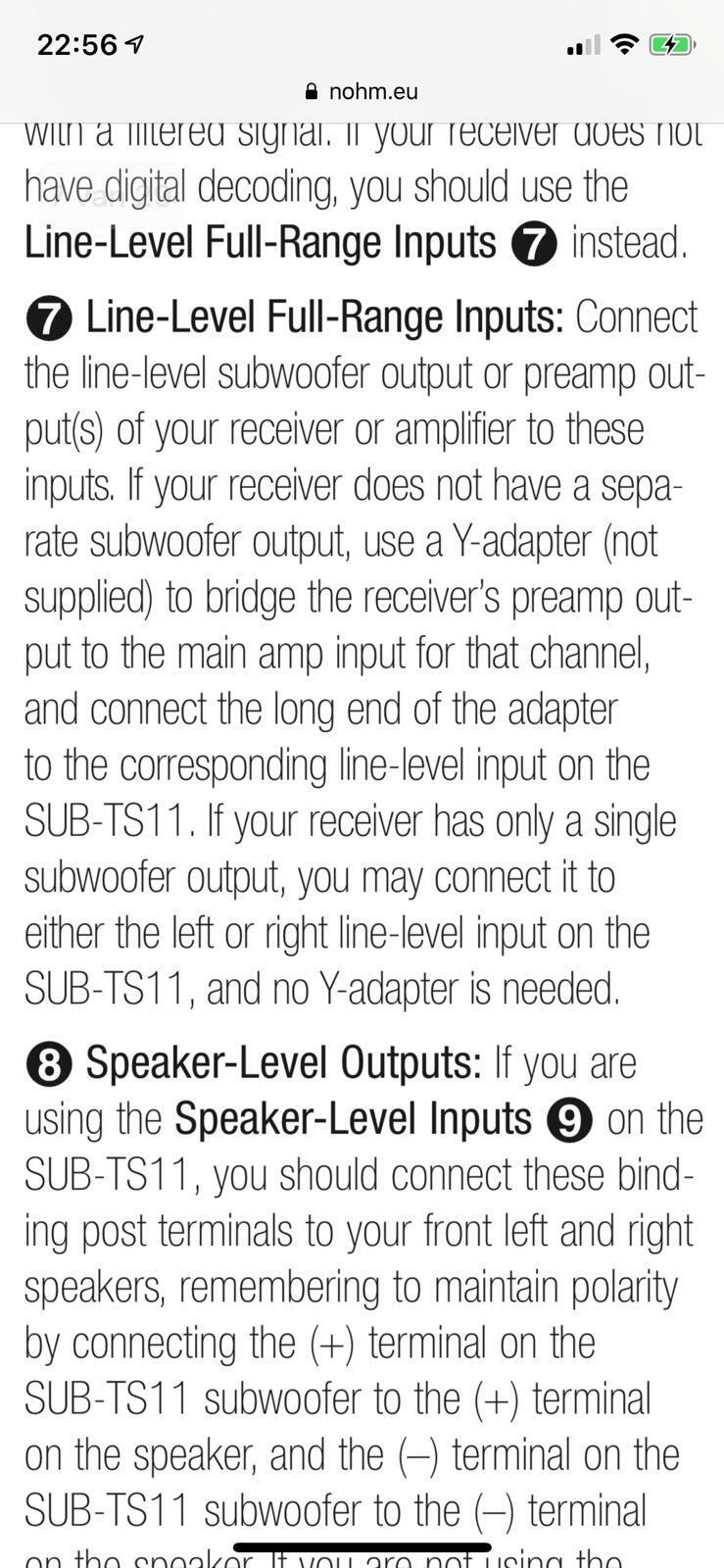Can this work with the Sonos Amp? I searched but did not find an answer. So basically I’d connect my Def Tech sub to the left and right speaker channels of the amp, and then I would connect my 2 front speakers to the back of the sub.
Will that work or do I have to keep using the LFE? It’s for music, so I figured using the High Level input may sound better as the sub would get the same signal as the speakers, right? Or am I mistaken?
Thanks!
Best answer by jgatie
View original



